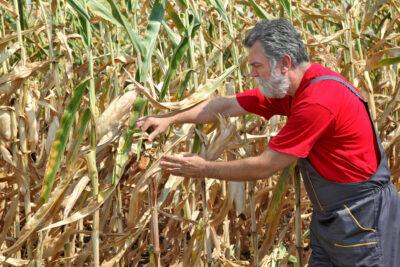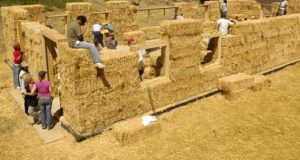|
Listen To The Article
|
The prices for cereals, which contain the world’s most important food crops, rose by 12.1% over the past year.
The cost of cereals, which include grains, corn, rice, and soybeans, has been increasing because of dryness in the United States, the United Food Agriculture Organization reported. The United Nations tracks cereal prices with an index that rose by 165.3 points or 2.3%, in March 2018.
Dry conditions in the United States, wet weather in Europe, and deteriorating crop prospects in Argentina all lowered crop yields and drove prices up. The UN Index indicates that the ongoing drought in the USA is affecting food prices.
Severe Drought In America’s Breadbasket
A significant cause of the rise in cereal prices is apparent; parts of America’s breadbasket are experiencing severe and extreme drought.
Most of Kansas is suffering from extreme and severe drought, as The University of Nebraska’s Drought Monitor Map for April 12, 2018, indicates. A small portion of Kansas is suffering from the worst kind of dryness on the map, which is listed under the category of “exceptional drought.”
Almost all of Kansas is suffering from some drought. The dryness also extends into neighboring states. An area of moderate drought spreads into Missouri, Nebraska, and even parts of Iowa. Northwestern Missouri and Southern Nebraska are also abnormally dry for this time of year.
Other parts of the breadbasket suffering from severe and extreme drought include the plains of Eastern Colorado, Oklahoma, the Texas Panhandle, and West Texas. About a third of Oklahoma is suffering from severe or extreme drought, making it the driest state. According to the monitor, the drought in Oklahoma is worse than in Arizona.
The drought is also afflicting some of the northern grain-growing areas. Most of North and South Dakota are experiencing either moderate drought or abnormal dryness. A significant portion of South Dakota is also experiencing severe drought. That drought extends into the plains of Eastern Montana.
Another state feeling the heat is America’s Dairyland: Wisconsin. A broad swath of Wisconsin is suffering from abnormal dryness.
The Drought Will Affect Food Prices
America’s breadbasket is facing a drought that is affecting food prices. Long-term effects are hard to determine, but the results of the drought are likely to be felt at supermarkets within the next year.
It will take some time for increased cereal prices to affect retail costs because of the time it takes grains to reach shelves in the form of processed foods. A likely scenario will be slowly increasing food prices over the next year.
Meat prices are directly affected by cereal costs because corn and grain are used to feed livestock. Meat prices might fall in the short run as farmers slaughter animals in an attempt to control costs. While this action will initially increase the meat supply, it will assuredly fall later on. That will lead to higher prices eventually because there will be less meat on the market.
At this time, stocking up on cereals and flour, as well as on products made from them such as pasta, might be a good strategy for those trying to control food costs. Another smart approach might be to change your diet and eat more vegetables, meats, and other foods that are easier to grow yourself.
Expanding our vegetable gardens and raising more livestock will be a wise move for all of us.
 Off The Grid News Better Ideas For Off The Grid Living
Off The Grid News Better Ideas For Off The Grid Living




